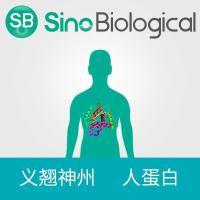Purification of membrane proteins of necessity requires the use of detergents to solubilize the proteins prior to their isolation. Although reconstitution of membrane proteins has been achieved without the use of detergents (e.g., by sonication of membrane proteins with lipids), detergent-based methods are more widely used and appear to be more reproducible (1 ). If a particular protein is to be purified in an active form, then particular attention must be paid to the choice of detergent. If the protein has not been purified previously, the first step is to solubilize the membrane preparation with a range of detergents and to perform assays of function on the solubilized material (see also Chapter 22 of Biomembrane Protocols: I. Isolation and Analysis ). It may be necessary to include exogenous lipid during the solubilization step to stabilize the protein (2 ). Ideally, the chosen detergent should have a high critical micelle concentration to enable the detergent to be removed following purification. Ionic detergents, such as cholate, usually fall into this category, although the nonionic detergent octylglucoside also has a high critical micelle concentration. Nonionic detergents, such as Triton X-100 and C12 E8 , cannot be removed by conventional dialysis, but it is reported that Extracti-Gel D™ (Pierce, Rockford, IL), when used in the form of a column, will remove such detergents from protein samples (3 ).






